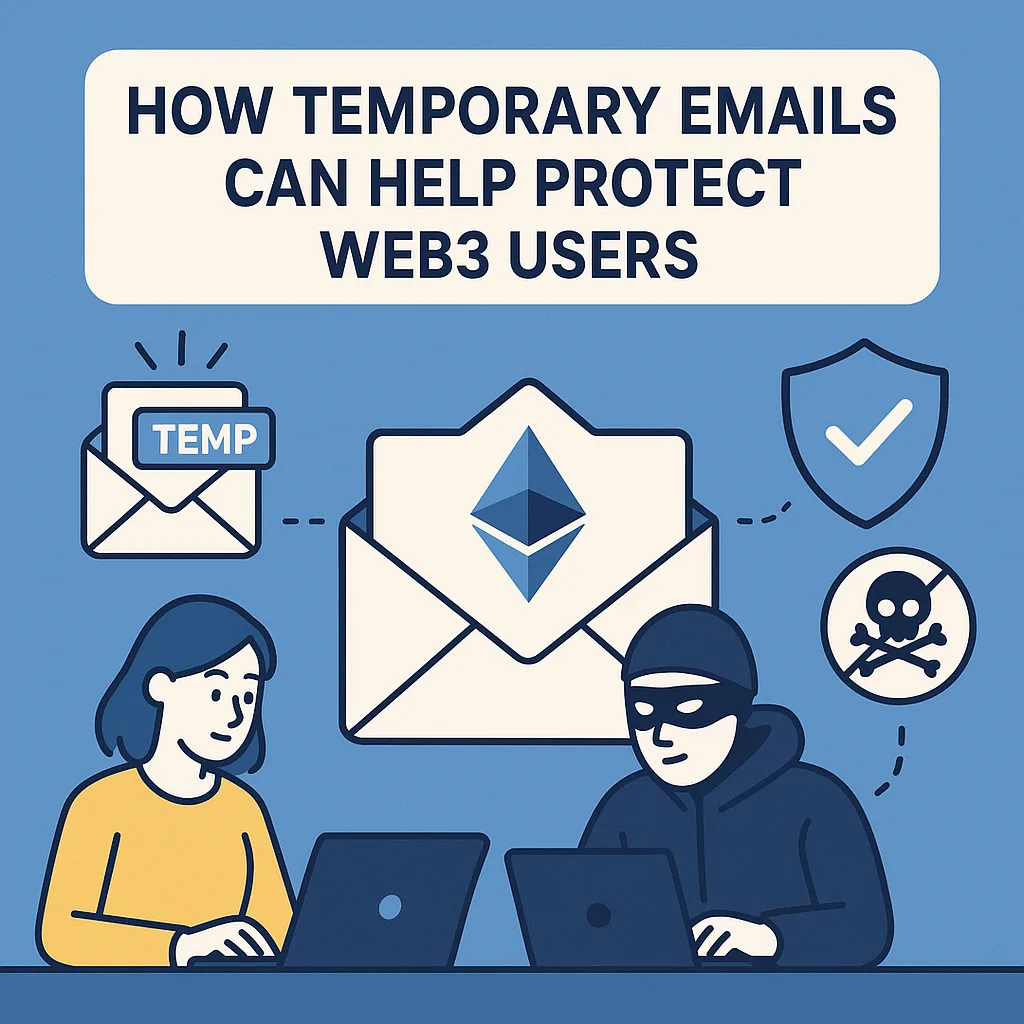In a time when widespread corporate misconduct, censorship, and mass surveillance are becoming more prevalent, whistleblowers are essential to holding influential organizations responsible. However, there are significant risks associated with that role, including the possibility of legal retaliation, social exclusion, professional blacklisting, and in certain situations, physical harm. Whistleblowers depend on digital privacy tools to stay anonymous, communicate safely, and safeguard their identities in this high-stakes setting.
This blog examines the privacy tools used by whistleblowers, their necessity, real-world instances of whistleblower risks, and doable actions for others to protect their own online safety.
Who Is a Whistleblower?
Someone who divulges information about unlawful, immoral, or damaging practices—typically within a government, business, or institution—is known as a whistleblower.
Examples:
-
An employee exposing environmental violations by a company.
-
A contractor revealing illegal government surveillance.
-
A developer leaking unsafe AI model behaviors to journalists.
While whistleblowing can lead to meaningful change, it also carries immense risk, especially when exposing powerful interests. That’s why privacy is not optional—it’s a lifeline.
The Risks Whistleblowers Face
Before diving into the tools, it's important to understand the types of risks whistleblowers are protecting against:
1. Surveillance
Advanced surveillance technologies are used by businesses and governments to keep an eye on geolocation information, browser activity, and communications. Identity can even be revealed through metadata, such as who contacted whom and when.
2. Data Forensics
In order to connect whistleblowers to leaks, authorities have the authority to subpoena service providers (such as Google, Microsoft, and telecoms) to divulge IP addresses, login credentials, and device details.
3. Legal Repercussions
Whistleblowers have been charged under laws such as the Official Secrets Act of India or the U.S. Espionage Act, even when the information they revealed was in the public interest.
4. Social and Economic Fallout
In addition to facing legal repercussions, whistleblowers run the risk of losing their jobs, being blacklisted in their industry, or being the target of smear campaigns.
Core Principles of Whistleblower Privacy
To avoid detection, whistleblowers follow certain operational security (OpSec) principles:
-
Separate identities: Never mix real-life credentials with whistleblowing activities.
-
Use anonymized tools: Minimize traceable digital footprints.
-
Encrypt everything: From messages to metadata.
-
Be cautious with metadata: Files, emails, and photos often contain identifying data.
-
Practice clean device hygiene: Avoid using personal devices that link back to your identity.
Essential Privacy Tools for Whistleblowers
To develop a multi-layered privacy strategy, whistleblowers employ a variety of tools. The most reliable categories and examples are listed below:
1. Temporary and Anonymous Email Services
Purpose: Avoid using personal email addresses that could be tied to identity.
Top Tools:
-
MyTemp-Mail: Instant, no-signup disposable email.
-
10minutesmails: Self-destructing inbox for verification or quick communication.
-
ProtonMail / Tutanota: Encrypted, privacy-respecting email with anonymous registration options.
Best Practices:
-
Never use your work or personal email.
-
Avoid using the same alias across platforms.
-
Only access temporary email from secure networks or using VPNs/Tor.
2. VPNs (Virtual Private Networks)
Purpose: Hide IP address and encrypt internet traffic.
Top Tools:
-
Mullvad: Accepts anonymous cash payments, no email required.
-
ProtonVPN: Swiss-based, no logs, strong privacy policies.
-
IVPN: Built with transparency and privacy-first architecture.
Best Practices:
-
Never access whistleblower platforms without VPN or Tor.
-
Avoid free VPNs, as they often sell user data.
3. Tor Browser and Onion Services
Purpose: Anonymous browsing and communication via the Tor network.
Top Tools:
-
Tor Browser: Routes internet traffic through a decentralized network to anonymize location and activity.
-
OnionShare: Share files and chat securely through Tor with no central server.
Best Practices:
-
Only access whistleblower portals (e.g., SecureDrop) through Tor.
-
Never run Tor alongside apps that use your real identity (Google, Facebook, etc.).
4. Secure Communication Tools
Purpose: Encrypt chats, emails, and calls to prevent interception.
Top Tools:
-
Signal: End-to-end encrypted messaging with disappearing messages and sealed sender features.
-
Session: Decentralized, anonymous messenger that doesn’t require a phone number.
-
Element (Matrix): Secure, federated, open-source messaging platform.
Best Practices:
-
Turn off cloud backups that can expose chats.
-
Use disappearing messages and verification codes.
-
Never use identifiable usernames or profile photos.
5. Metadata-Stripping and File Protection
Purpose: Remove identifying metadata from documents, images, and media before sharing.
Top Tools:
-
MAT2 (Metadata Anonymization Toolkit): Linux-based tool to clean files.
-
ExifTool: Advanced command-line tool for metadata removal.
-
LibreOffice: Export PDFs without embedding document metadata.
Best Practices:
-
Always strip metadata before uploading.
-
Share via encrypted channels only (e.g., OnionShare, SecureDrop).
6. SecureDrop and GlobaLeaks
Purpose: Safely transmit documents to journalists or organizations anonymously.
Top Tools:
-
SecureDrop: Used by The Guardian, New York Times, and others.
-
GlobaLeaks: Open-source whistleblowing framework.
These tools are hosted as .onion sites and accessible only via Tor, ensuring end-to-end anonymity.
7. Isolated Devices (Air-Gapped Systems)
Purpose: Prevent surveillance or infection by keeping systems physically disconnected from the internet.
Use Cases:
-
Typing sensitive documents
-
Storing untraceable USBs or drives
-
Preventing hardware-level tracking
Best Practices:
-
Use on clean OS (Tails or Qubes OS)
-
Never connect air-gapped machines to the internet
-
Use encrypted USB drives for transport (VeraCrypt, LUKS)
Real-World Whistleblowers and Their Use of Privacy Tools
🕵️ Edward Snowden (NSA)
-
Leaked classified surveillance documents.
-
Used encrypted email, Tor, and secure file transfers.
-
Now an advocate for privacy rights and open-source security.
📰 Chelsea Manning (U.S. Army Intelligence)
-
Leaked military and diplomatic cables to WikiLeaks.
-
Used anonymized tools and encrypted chat with Julian Assange.
-
Faced harsh imprisonment under espionage charges.
🧑💻 Anonymous Whistleblowers (Various Industries)
-
Use SecureDrop to contact journalists at places like:
-
The Washington Post
-
The Intercept
-
ProPublica
-
-
Submit internal emails, policies, and evidence safely.
Guidelines for Aspiring Whistleblowers
If you are considering exposing wrongdoing, take these steps seriously:
✅ DO:
-
Research digital privacy tools first.
-
Use an alias and avoid traceable identifiers.
-
Strip metadata and encrypt communications.
-
Test tools in advance to avoid mistakes.
-
Seek legal and journalistic guidance.
❌ DON’T:
-
Use personal devices or accounts.
-
Speak to co-workers or friends about plans.
-
Submit evidence from your work email.
-
Reuse usernames or passwords from real-life identities.
The Role of Journalists and NGOs
Many media organizations and non-profits play a vital role in protecting whistleblowers. Some of the most supportive include:
-
Freedom of the Press Foundation
-
Reporters Without Borders
-
Access Now
-
The Intercept
-
EFF (Electronic Frontier Foundation)
They often provide infrastructure like SecureDrop or digital security training for sources.
Final Thoughts
A transparent, moral, and democratic society depends on whistleblowers, but they also run a very high risk of harm to their personal and professional safety. Their safety in the modern digital world frequently depends on their ability to use privacy tools efficiently.
These technologies, which range from metadata scrubbers and secure messengers to temp mail and Tor, are more than just accessories; they are essential tools for survival. Supporting and shielding those who challenge authority is essential as more organizations use mass surveillance and data collection techniques.
Privacy is not a luxury—it’s a necessity. And for whistleblowers, it can mean the difference between freedom and imprisonment, safety and danger, silence and justice.




Leave a Reply